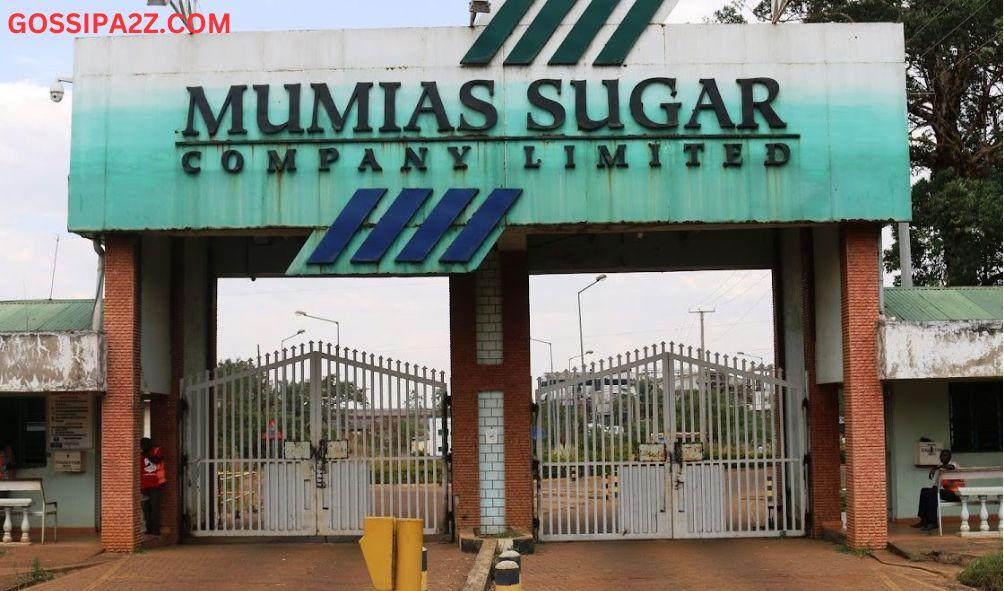Inside The Government’s New Plan To Revive The Sugar Sector
A treasury memorandum tabled in parliament by National Assembly Majority Leader Kimani Ichung’wa reveals that the government intends to forgive debts totaling Ksh.115,8 billion owed to the Kenya Sugar Board.
In response to a directive from President William Ruto, the government has withdrawn cases related to the management of Mumias Sugar Company and is now outlining 15 strategic interventions that will guide the revival of five public sugar mills in the country that have been in financial distress since the late 1990s.
On the 22nd of August, the leader of the majority in the National Assembly, Kimani Ichung’wa, presented a memorandum from the National Treasury outlining 15 proposed strategic interventions that will revive the sector and ensure the implementation of the 2019 sugar industry stakeholders’ task force report.
The proposals include bringing private capital, expertise, and modernization of sugar mills with sufficient sugar to allow them to run efficiently and operate on commercial principles, enhancing cane development in both nucleus estates and small-holder out-grower farms, addressing stakeholder and community sensitivities on permanent divestiture of land, executing a lease model by unbundling the nucleus estate land and the factory land, and expediting the leasing of telecommunications infrastructure.
Other initiatives include the merger of Chemelil and Muhoroni Sugar companies, the restructuring of the sugar companies’ balance sheets, the Regulation of Factory Zones, government support for smallholder cane farmers to develop the crop and increase productivity, enhancing efficient dispute resolution, and enforcing zoning to attract investors to the sector.
ALSO READ: Unraveling Mumias Sugar’s Billions: Legal Battles and Creditors
In explaining why the government prefers leasing to privatization, the National Treasury has enumerated nine advantages of leasing, including improved farmer incomes, modernization of sugar mills, tax revenue generation, reduced public sector financing, and enhanced competitiveness.
The Treasury recommends a revitalization committee be appointed to work with the Board, County Governments, and other key stakeholders to identify and implement an effective restructuring strategy for Mumias Sugar Company, whose government-related debts total Ksh.8.7 billion.
Treasury’s memorandum places the debt status of the five public sugar mills at Ksh. 128 billion, with Nzoia leading with a debt of Ksh.62.6 billion, Muhoroni coming in second with debts exceeding Ksh.26 billion, followed by Miwani, which is under receivership with debts totaling Ksh.22 billion, Chemelil, and South Nyanza.
The government attributes the difficulty of government-owned sugar mills to a variety of factors, including weak governance, a lack of capital, a high debt portfolio, and declining cane yields.
The National Treasury has asked the National Assembly, which is presently on recess, to consider and approve the write-off of Ksh.65.7 billion in loans owed by five public mills to the government and Kenya Sugar Board as of June 30.
Approve the Cabinet decision directing the Cabinet Secretary of the National Treasury to write off tax penalties and interest totaling Ksh.50 billion as of June 30, as well as any additional interest and penalties that have accrued since then.
Treasury also desires that the privatization model authorized by parliament in 2015 be revoked and that the leasing model for the five publicly owned sugar mills is approved.
Inside The Government’s New Plan To Revive The Sugar Sector
